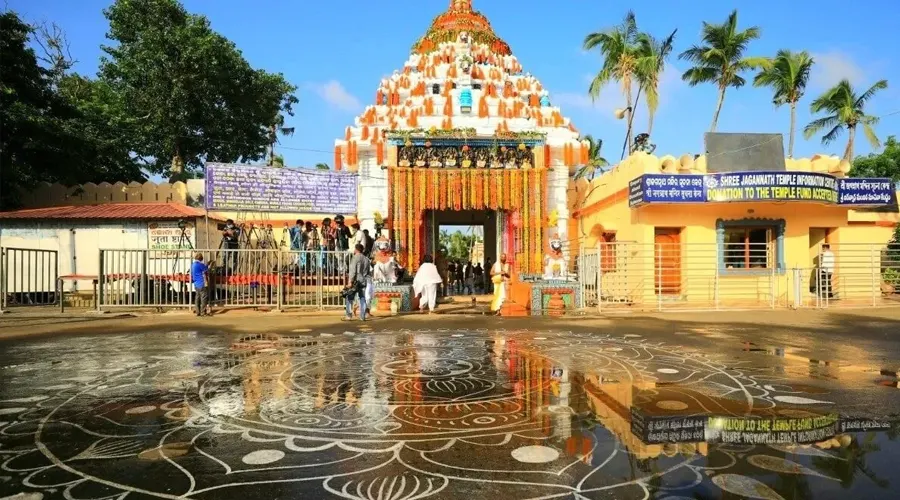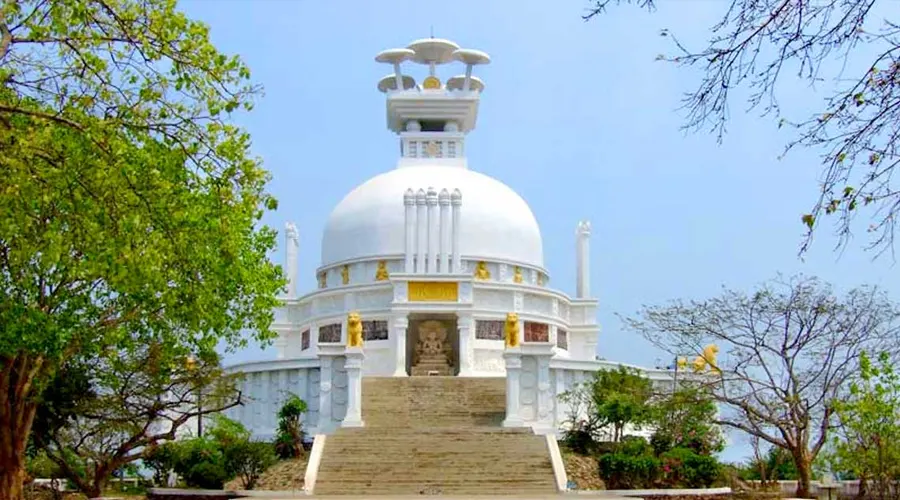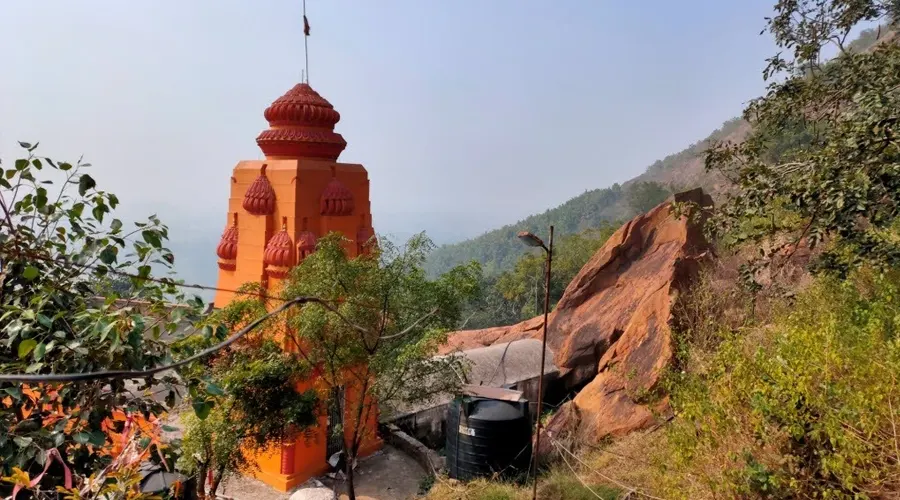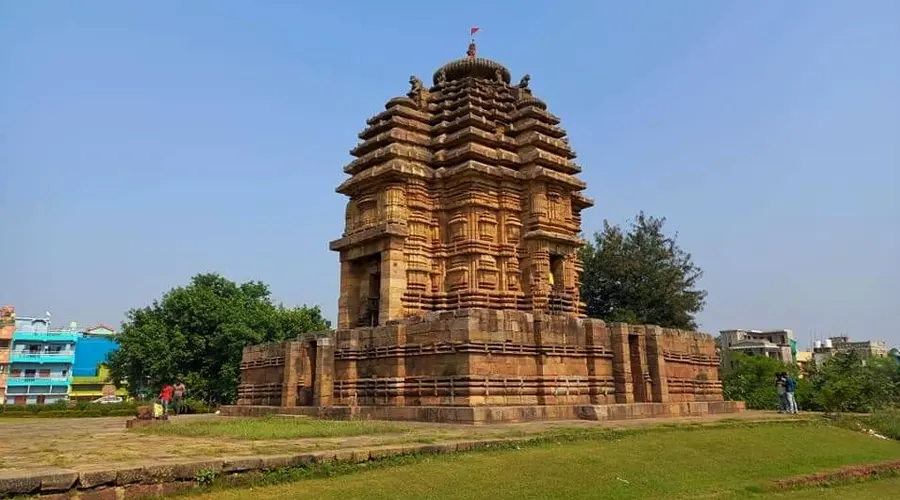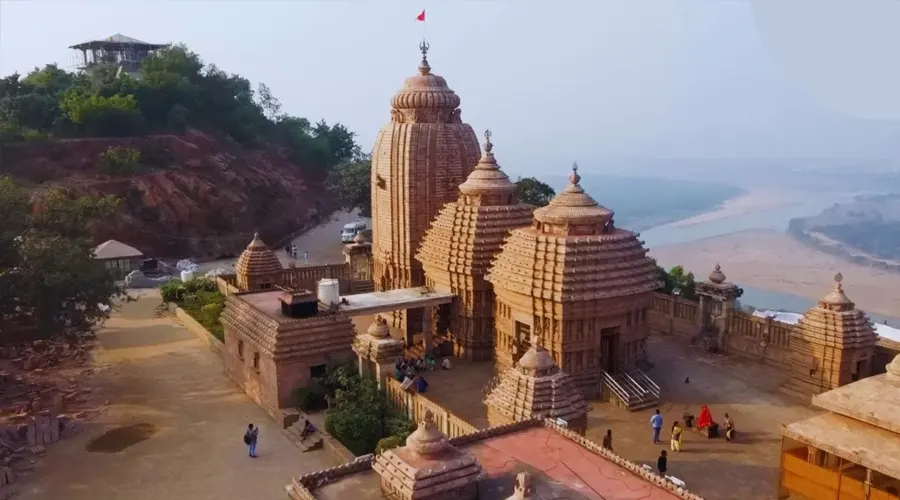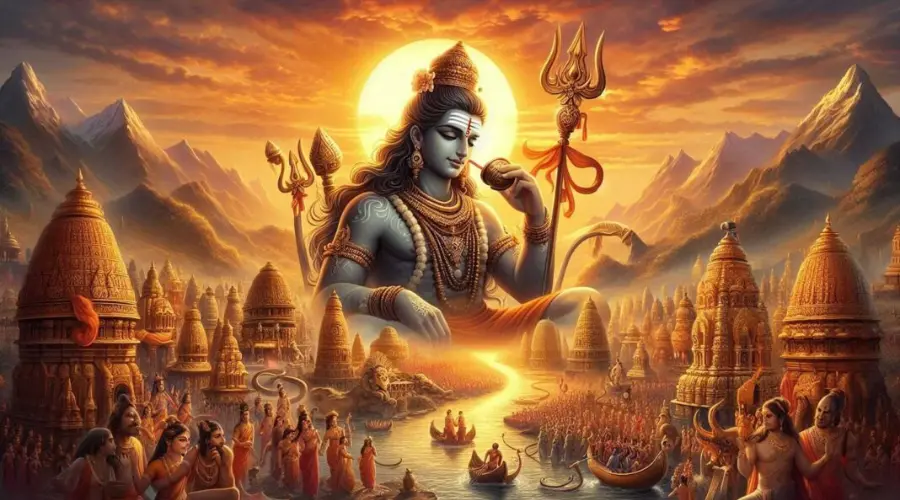Chausath Yogini Temple
Chausath Yogini Temple is a Hindu temple located at Hirapur, Bhubaneswar. Of the 4 Chausath Yogini temples surviving in India, the Hirapur temple is the most effective and active one. Situated at the bans of the Bhargavi River, it's miles one of the famous locations to visit close to Bhubaneswar.
Also referred to as Mahamaya Temple, the temple is believed to have been built by Queen Hiradevi of the Bhauma dynasty in the 9th century. The Hirapur Temple is the smallest of the Yogini temples in India. It measures best thirty feet in diameter and is infrequently 8 feet high. It is built in a round style with blocks of sandstone.
The Yogini traditions are tantric and consequently have robust connections to rural and tribal traditions. Adorned in crimson fabric and vermilion, Mahamaya is the presiding deity of the temple. The interior partitions of the temple include 60 niches, one each for the Yogini statues, two toes tall, sculpted from high-quality gray chlorite stone.
Three yoginis decorate the imperative pillar or Chandi Mandap along with four Bhairavas. While three of the Bhairavas are sculpted in sitting posture, one in each of them is status and is called Ekapada Bhairav. The Chandi Mandap by design contained a statue of Lord Shiva as dancing Nataraja but is presently lacking.
History of Chausath Yogini Temple
This temple is believed to have been built by Queen Hiradevi of the Bhaumakar dynasty in the 9th Century AD. However, with time, the temple had lost its glory before it was discovered and restored by renowned historian Kedarnath Mohapatra in 1953, to its present form.
Every year in December, the Chausathi Yogini Mahotsav is organized near the temple. Nrutya Prativa, a city-based cultural organization, with support from the Odisha Tourism Department conducts this three-day event, in which classical dance and vocal artists from across the country perform and mesmerize the audience.
Architecture of Chausath Yogini Temple
Presently under the supervision of the Archeological Survey of India, this shrine has a distinct architecture featuring a circular open-air sandstone structure, far from the traditional Kalinga style of temple architecture. Located on the banks of Bhargavi River, it is one of the smallest Chausath Yogini temples with a height of only 8 feet and a diameter of 30 feet.
The entrance of the temple is quite narrow and low in height. Only one person can enter easily at a time and needs to lower the head while entering. The outer wall of the doorway to the shrine is carved with two doorkeepers (dwarapalakas) on each side.
These doorkeepers are known as Jai and Vijay. From the entrance, a narrow path leads to the main sanctum. This path is sculpted with figures of Kaal and Vikaal. The outer wall of the shrine also features sculptures of nine female figures that are called Katyayini.
The main sanctum is round with an open roof. The interior wall of the shrine consists of 60 niches, each one for the 60 Yoginis. Each niche is two feet high. The idols of the Yoginis are made up of black granite, with each in a different standing pose on their Vahanas (animal vehicle).
Each of these statues is adorned with different ornaments like bangles, necklaces, anklets, earrings, garlands, armlets, etc. Some of the sculptures of the Yoginis are depicted as playing drums, balancing on a pair of wheels, and also shown as huntresses, holding an arrow and bow.
In the middle of the sanctum, there is a small square pavilion, which is known as Chandi Mandap. There is a sculpture of Goddess Kali standing on a human head at the center of the pavilion.
The four sides of the pavilion are surrounded by four Yoginis, along with four Bhairavas. Out of the four, three Bhairavas are shown in a sitting position while the fourth one, known as Ekapada Bhairava, is in a standing position. It is believed that there was a statue of Lord Shiva in the form of Nataraja installed inside the Chandi Mandap but is currently missing.
The premises of the temple include a podium in front of the shrine, which is known as the Surya Pitha from where visitors can worship Lord Sun, and a small pond called Puskarini. There is a small temple in the complex that is dedicated to Lord Shiva called Sankateshwar.




